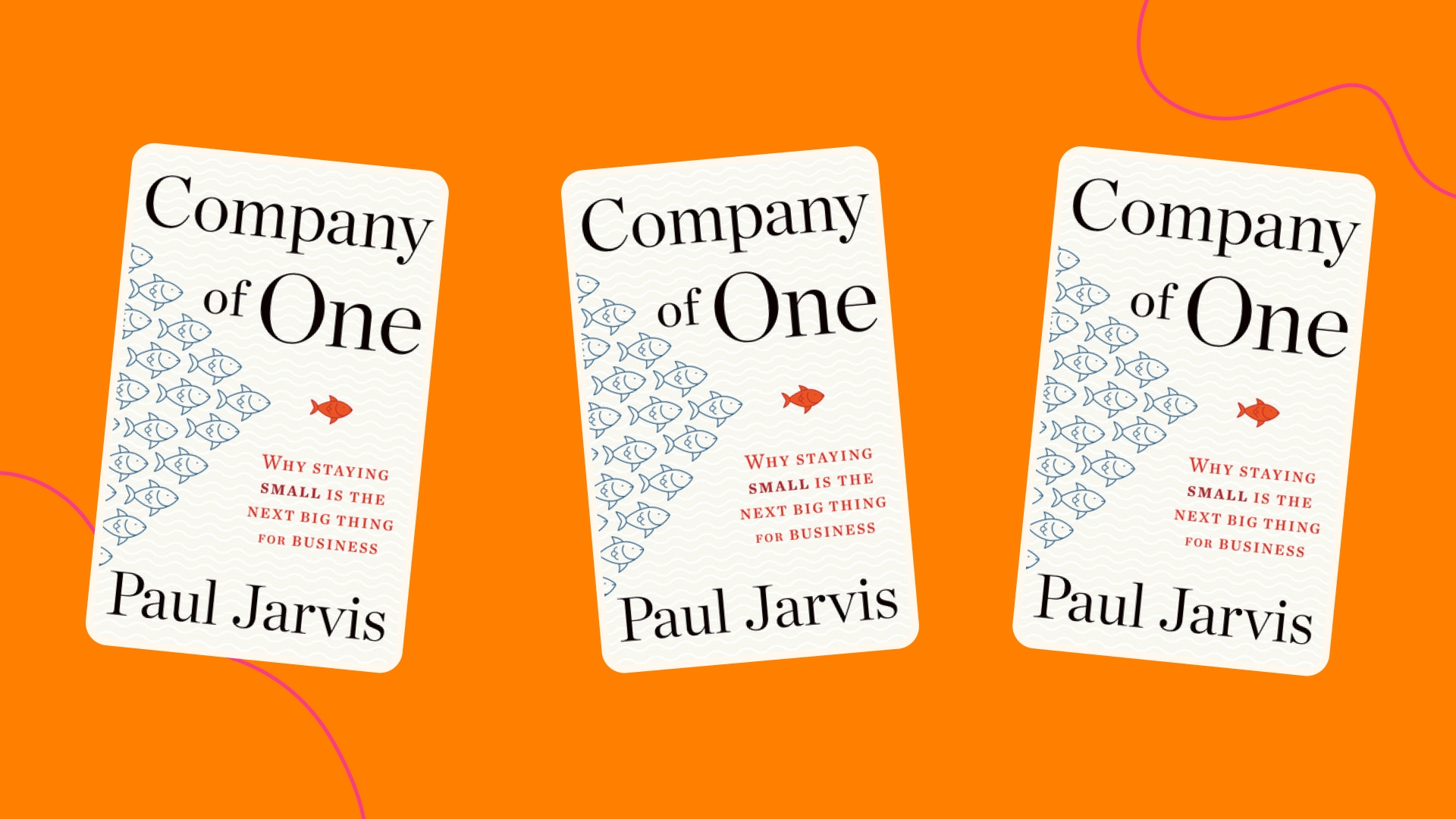This is the first chapter of the book Company of One by Paul Jarvis. The first key takeaway to note is as much as one may enjoy growing their wealth, there’s a point of diminishing returns if one does not also take care of themselves and their well-being. This work-life balance is something that must be learned (p. 9). “Grant Cardone, a self-made millionaire and real estate mogul, revealed that he works 95 hours per week to keep his business thriving. Gary Vaynerchuk, CEO of digital marketing company VaynerMedia, says that entrepreneurs should work at least 18 hours per day for the first year of growing their company” (Pfund, 2020). These extreme hours and work situation call to question whether or not this behavior is healthy, or even worth it. This book focuses on minimizing the number of hours worked per day and/or the days worked per week. To do so one, must maximize the efficiency at which work is completed.
In defining what a company of one means and what that looks like. The four typical traits that all companies of one exhibit are resilience, autonomy, speed, and simplicity. Dean Becker, CEO of Adapitv Learning Systems, found that the level of resilience exhibited by an individual determines their success in business, significantly more than their level of education, training, or experience (p. 11). This is concept reminds me of a book I read previously, Mindset: The New Psychology of Success by Carol Dweck. This book takes a different stance than the premise of this idea. It delves into the differences of a growth mindset and fixed mindset. The growth mindset concept concludes that people have the ability to develop and nurture skills, they are not stuck within the genetic nature of their knowledge and ability to learn.
Another standout concept outlined within this chapter is ROWEs (Results-Only Work Environments). This allows employees to determine how they want to spend their time working; not set schedules, options meetings, the ability to work from home, and the opportunity to work during the hours of the day in which they are most productive. This is idea is very interesting, as it coincides greatly with the trend, among younger generations, like millennials, to exhibit a strong work-life balance. “Companies that started or changed over to a ROWE model include WATT Global Media, JL Buchanan, World Wide Webhosting and Summit CPA. The most well-known ROWE Fortune 100 company is Best Buy. Best Buy started the strategy at its headquarters and included all 4,000 then-current employees in the initiative” (Peek, 2024). The concept of ROWEs is ties back to the previous central theme of efficiency. Efficiency in one’s work is what makes this level of flexibility possible.
Jarvis concludes this chapter with the following thought-provoking messages. The following has been retrieved directly from his book.
BEGIN TO THINK ABOUT
- Whether growth is truly beneficial to your business
- How you could solve business problems without just adding “more”
- Whether you really need funding or venture capital for your idea, or are simply thinking too big to start (p. 23).
Click here to view all references for this post.

